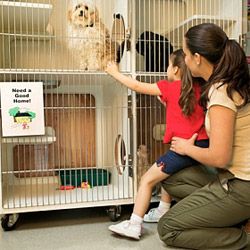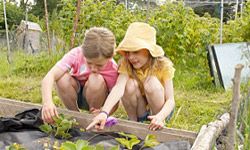Character. Compassion. Caring. These are values that all parents want to instill in their children. But how do you teach your kids the value of selflessness, hard work, and generosity when you barely have time to cook a homemade meal? We've pulled together a list of 10 simple volunteering ideas that you can work into your already busy schedule.
When you think about it, volunteering as a family fits right into our modern multitasking lifestyle. When done right, a family volunteering activity accomplishes three goals at once: you get spend time quality time together as a family while having a positive impact on your community and teaching valuable lessons about service and selflessness [source: Potthast]. Not bad for a Thursday afternoon!
Advertisement
Even the youngest children benefit for volunteering alongside family members. Not only do they learn compassion and understanding for others, but they have an opportunity to feel needed [source: Clark]. Even if the job is as simple as pulling a few weeds at a community garden, they feel a sense of accomplishment and the pride of being part of a helpful team.
To figure out what kind of volunteering activity is best for you and your family, ask yourself the following questions:
- How much time do you have?
- What do the kids already enjoy doing?
- What local resources are there?
If this is your first time volunteering with your children, don't be afraid to start small. Start with activities you can do in your home and in your neighborhood. See what the kids are interested in and let them develop their own unique "calling." Even small children can become passionate advocates for causes that are close to their hearts.
Let's start with one of the easiest ways to get out and do some good in your neighborhood: community cleanup.





